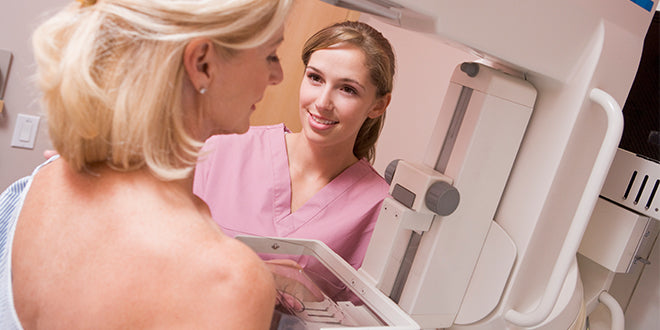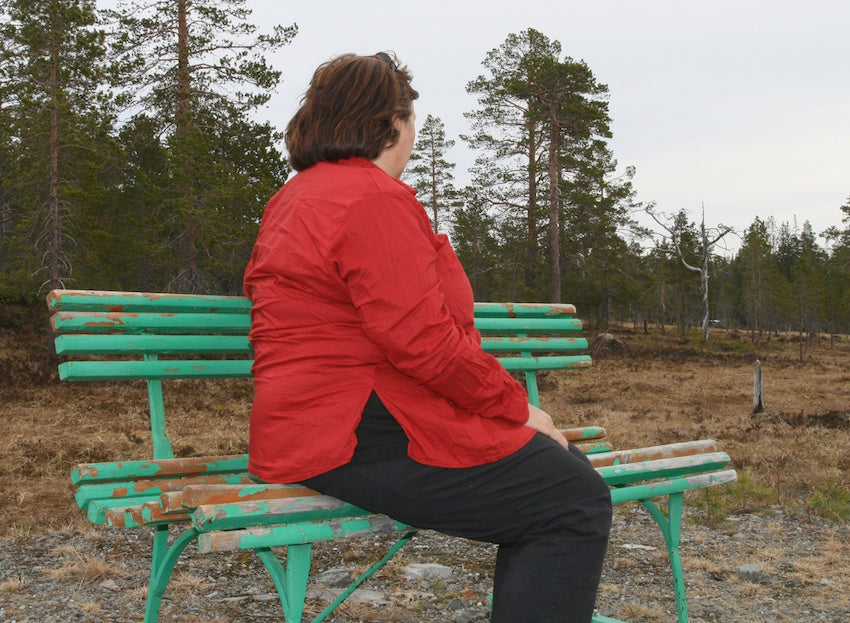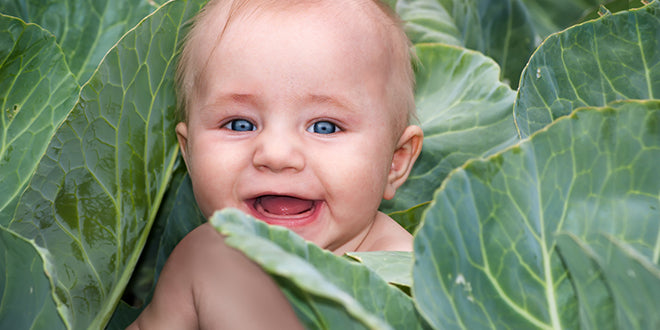For more than 30 years, National Mammography Day has been held on the third Friday of October. Every year, numerous seemingly well-intentioned organizations—including the American Cancer Society and National Football League—encourage women to schedule an annual mammogram.
But did you know:
- Women are led to believe that any cancer detected by a mammogram would be in the earliest stage and could be completely removed. However, according to nationally renowned natural health expert Dr. Russell Blaylock, “Many studies have shown that mammograms do not reduce the risk of dying from breast cancer.”
- Referring to a study that was conducted over a 25-year period, Dr. Sherri Tenpenny, a respected critic of vaccines, says, “the results of women who got mammograms and those who didn’t were almost exactly the same in terms of those who died from breast cancer.”
- Blaylock also says that 80% of lesions spotted in mammogram scans are benign, “Yet many women undergo unnecessary surgery for these lesions….”
- If a woman does have a cancerous lump, the compression of the breast during the mammogram can actually cause the cancer to spread.
- By the time a woman gets an annual mammogram, she could have advanced cancer.
So what are the better alternatives?
Dr. Blaylock recommends MRI scans because they are far more accurate, comfortable and safe. They don’t involve radiation or compressing the breast. The problem is that MRIs cost about $1,000 compared to roughly $100 for a mammogram, although your health insurance might cover some or most of the cost. In any case, “If you have a strong family history of breast cancer,” says Dr. Blaylock, “you should probably have an MRI over other diagnostic tests.” But is there a reliable way to prevent cancer in the first place? Dr. Michael Donaldson, Hallelujah Diet’s Research Director, says that you can reduce your breast cancer risk by more than 90% through diet and lifestyle alone. “Instead of a 13% lifetime risk, it could be a mere 1.3%.” He points out that international breast cancer incident rates vary from less than 10 to more than 100 cases per 100,000 females, a ten-fold difference. Dr. Donaldson also indicates that genetics play a minor role in your chance of getting cancer. A Nurses Health Study revealed “that only 6% of breast cancer cases” could be attributed to family history.” But is there any evidence that you might be able to avoid cancer altogether? “While the cancer industry is promoting early detection,” says Dr. Donaldson, “the real story is prevention” through “diet and lifestyle changes.” Here is his evidence:- In an Italian cohort study that followed almost 9,000 women for 9.5 years, normal-weight ladies who most closely followed the “salad-vegetable” diet had a 61% decrease in risk of developing breast cancer.
- In a case-control study of Mexican women, a healthy lifestyle index was defined as the combined effect of physical activity and low consumption of fat, processed foods, refined cereals and complex sugars, as well as the avoidance of tobacco and alcohol. The women who embraced the healthy lifestyle showed a 50% decrease in risk of pre-menopausal breast cancer and an 80% decrease in risk of post-menopausal breast cancer.
- Women who followed six to seven of the following recommendations of the World Cancer Research Fund/American Institute for Cancer Research resulted in a 69% decrease in cancer risk:
- Maintaining normal body weight
- Participating in moderate physical activity for at least 30 minutes a day
- Avoiding energy-dense foods
- Eating five or more servings of non-starchy fruits and vegetables per day
- Limiting consumption of red meat to no more than 18 oz. per week
- Limiting alcohol consumption to one drink per day for women, and limiting sodium consumption to 2400 mg per day
- A follow-up analysis showed that the three most important recommendations were eating at least five servings of non-starchy fruits and vegetables per day, maintaining normal body weight and avoiding alcohol, which together resulted in a 62% decrease in risk.







